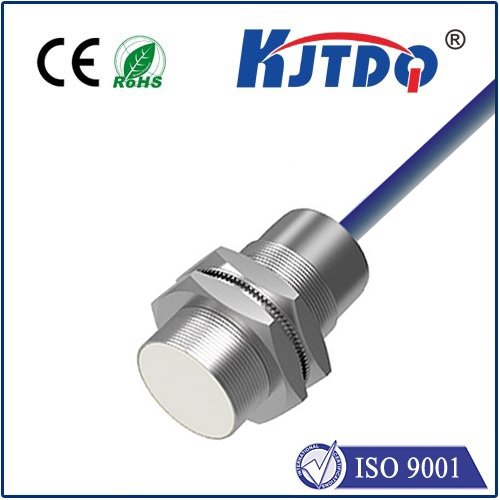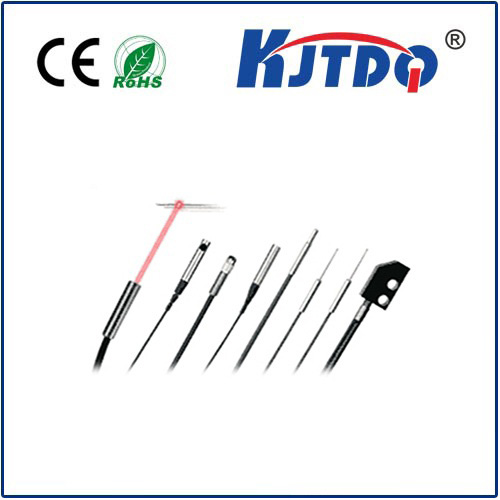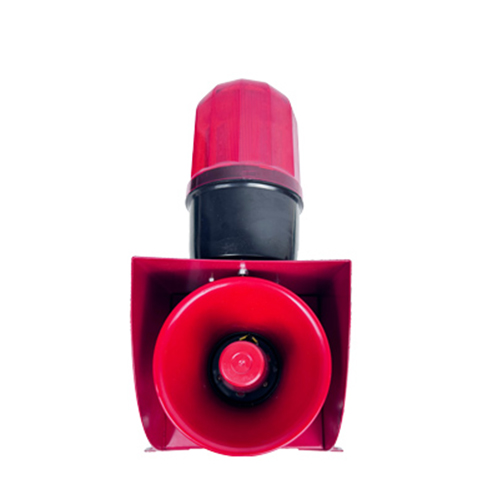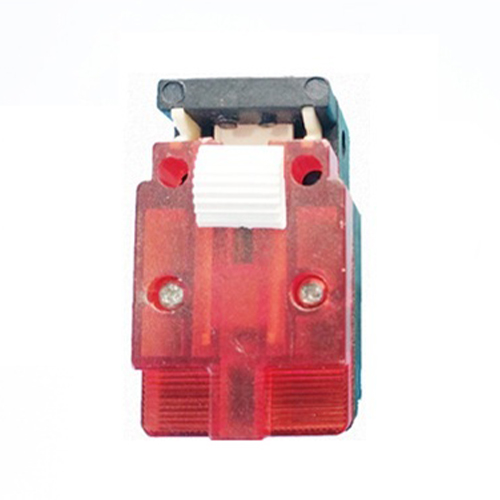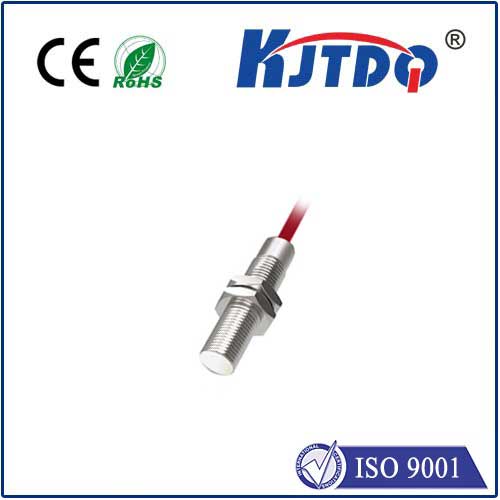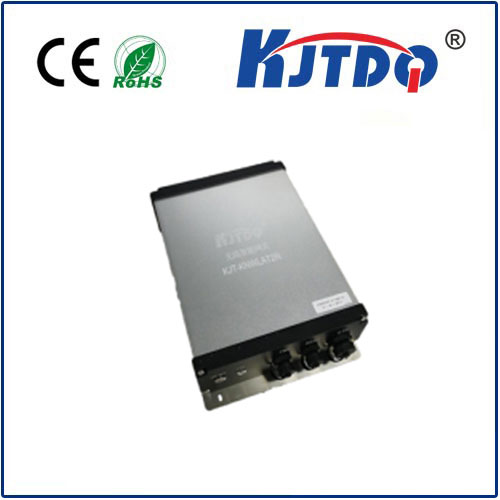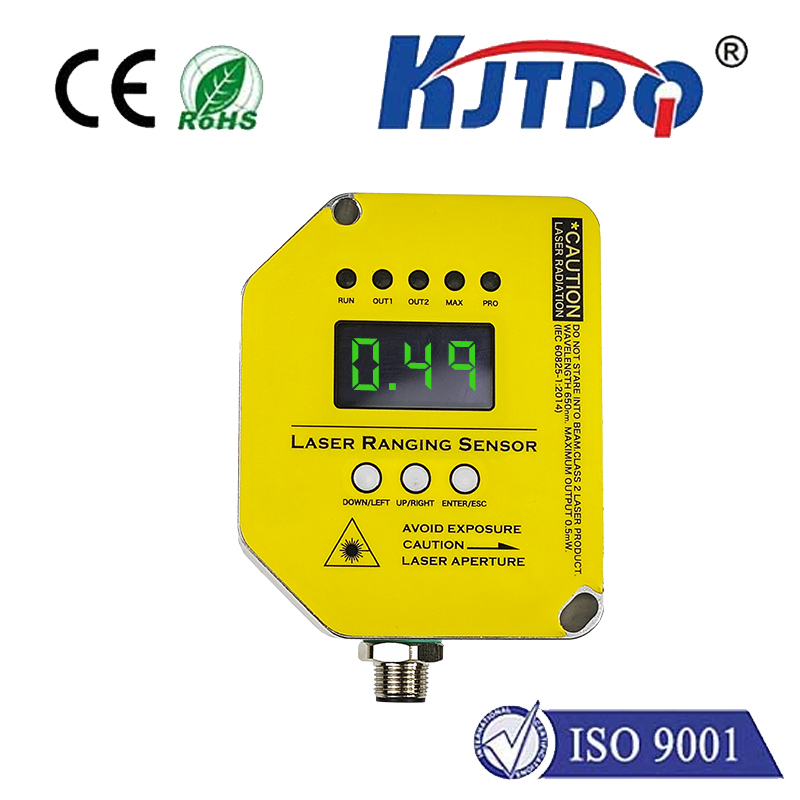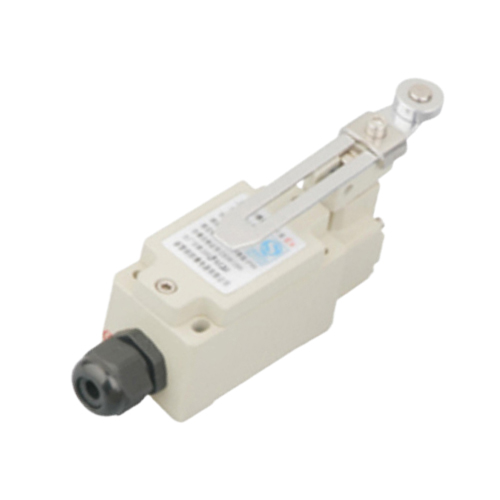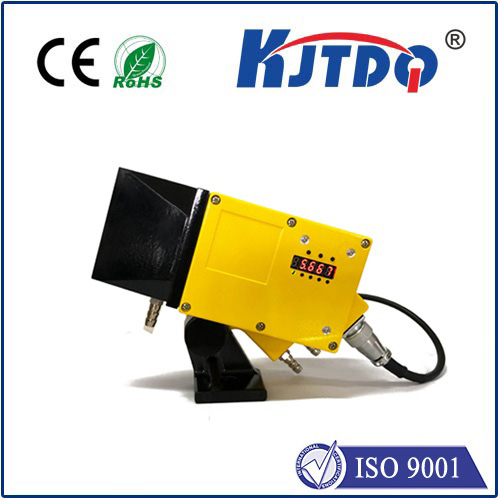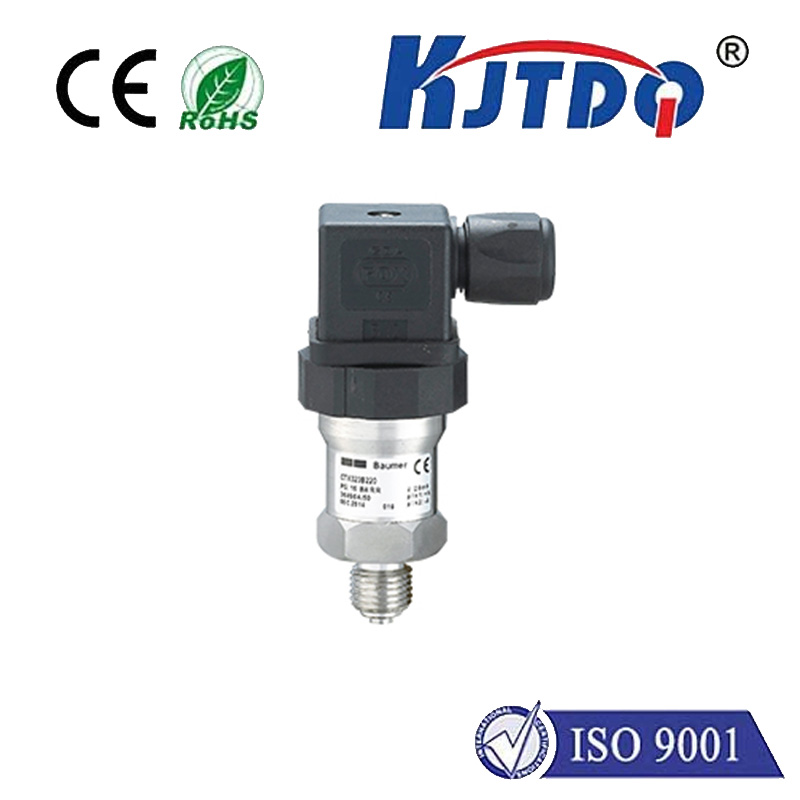

check

check

check

check

check

check

check

check

check

check
Picture this: a bustling factory floor where machines hum with efficiency, instantly detecting objects on a conveyor belt without a hitch. No delays, no errors—just seamless automation that drives productivity to new heights. This isn’t science fiction; it’s the reality made possible by advanced sensing technologies like the E3FB-DN21 5V photoelectric sensor. Designed for precision and reliability in low-power environments, this compact device has become a go-to solution for industries worldwide. But what makes it stand out? In this guide, we’ll explore how this sensor transforms everyday operations, from industrial setups to smart devices, all while focusing on its core benefits and practical applications.
At its core, the E3FB-DN21 is a photoelectric sensor that operates on a 5V power supply, making it ideal for energy-sensitive applications. Photoelectric sensors work by emitting a light beam—typically infrared—from an emitter and detecting changes when an object interrupts that beam. The receiver then triggers a response, such as signaling a machine to stop or start. What sets the E3FB-DN21 apart is its optimized 5V operation, which reduces power consumption compared to higher-voltage alternatives while ensuring compatibility with a wide range of control systems. This low-voltage design not only cuts energy costs but also minimizes heat generation, extending the sensor’s lifespan in demanding settings. Measuring just a few centimeters, its compact form allows easy installation in tight spaces, and with features like IP67-rated protection, it withstands dust, moisture, and vibrations effortlessly. For engineers and technicians, this translates to fewer maintenance headaches and more reliable performance day in, day out.

Digging deeper into its functionality, the E3FB-DN21 excels in photoelectric sensing by offering versatile detection modes. It can be configured for through-beam setups, where the emitter and receiver are separate for long-range accuracy, or as a retro-reflective type using a target reflector for quicker setups in confined areas. The 5V input ensures it integrates smoothly with microcontrollers and PLCs (Programmable Logic Controllers), common in modern automation. This low-voltage feature is particularly crucial in battery-operated devices or IoT applications, where every watt counts. For instance, a drop from 12V to 5V can halve power usage, making the E3FB-DN21 a smart choice for sustainable designs. Response times are rapid—often in milliseconds—enabling real-time object detection without lag. Plus, its straightforward wiring and adjustable sensitivity settings mean it’s user-friendly, even for non-experts. In essence, this sensor turns complex sensing tasks into simple, one-step processes, boosting overall system efficiency without compromising on accuracy.
When it comes to applications, the E3FB-DN21 5V photoelectric sensor shines across multiple sectors. In industrial automation, it’s a workhorse for tasks like counting items on production lines, positioning components in assembly robots, and triggering safety mechanisms to prevent accidents. For example, in packaging plants, it ensures boxes are correctly aligned before sealing, reducing waste and enhancing throughput. Beyond factories, it finds a home in robotics, where 5V compatibility pairs perfectly with Arduino or Raspberry Pi boards for DIY projects, from automated feeders to home security systems. Consumer electronics also benefit; think of it in vending machines detecting product presence or smart homes managing light-based triggers. The 5V operation makes it adaptable to low-power environments like portable devices, while its rugged build handles outdoor conditions in agriculture or logistics. Real-world case studies show users reporting up to 30% gains in operational speed and a 20% drop in energy bills when switching to this sensor, highlighting how it elevates both performance and sustainability.
The advantages of choosing the E3FB-DN21 over other photoelectric sensors are compelling and multifaceted. First, the 5V specification is a game-changer for modern electronics, as it aligns with the shift toward energy-efficient designs and renewable sources. Unlike bulkier models, this sensor’s small footprint and lightweight design reduce installation time and space requirements, freeing up valuable real estate in crowded panels. Durability is another strong suit; built to last, it resists common industrial hazards like chemical splashes or temperature fluctuations. Cost-wise, its affordability makes it accessible for startups and large enterprises alike, with quick ROI through fewer failures and lower replacement needs. Compared to ultrasonic or capacitive sensors, photoelectric variants like the E3FB-DN21 offer superior precision in non-contact detection, especially for transparent or reflective objects. This edge is vital in quality control scenarios where even minor errors can lead to costly recalls. Ultimately, investing in this sensor means embracing a future-proof tool that scales with evolving tech trends.
Integrating the E3FB-DN21 into existing setups is remarkably straightforward, opening doors to innovation. Its compatibility with standard 5V circuits allows for plug-and-play connections in systems ranging from conveyor belts to autonomous vehicles. For instance, in smart warehouses,
